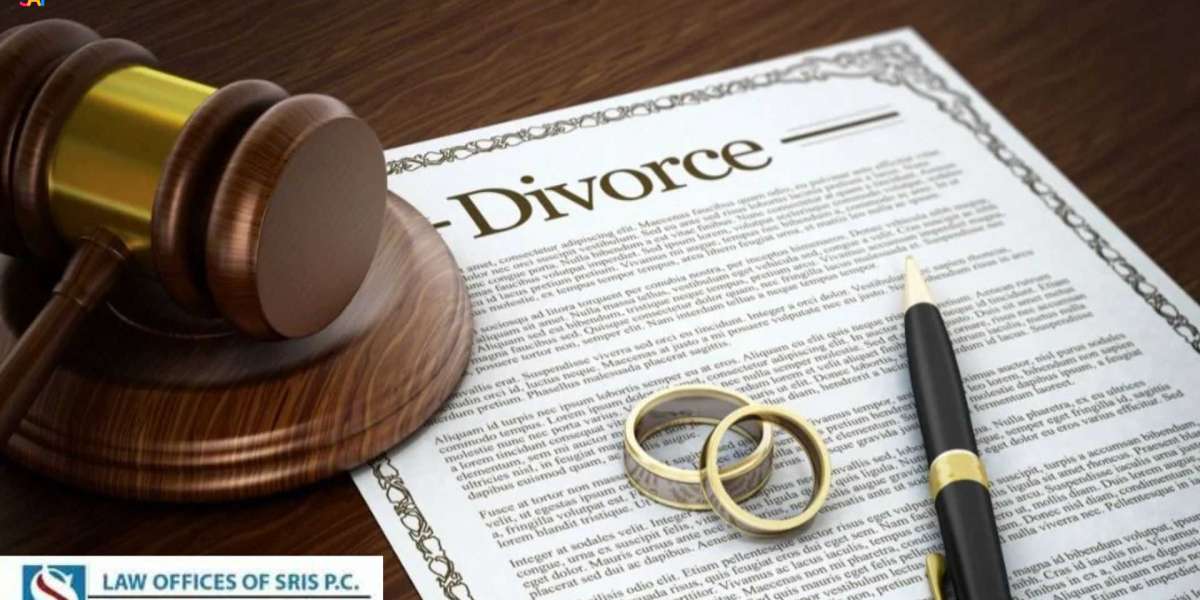Here are some key things your boss likely wishes you knew about New York State divorce documents:
- Accuracy Is Everything
Any errors or missing information in divorce forms can delay the process.
Doublecheck names, dates, and financial disclosures to avoid rejection.
- There’s a Difference Between Contested and Uncontested Divorce Documents
Uncontested divorce: Requires forms like the Summons with Notice, Verified Complaint, and Settlement Agreement.
Contested divorce: Includes additional documents like an Answer, Counterclaims, and Request for Judicial Intervention (RJI).
- Understanding the Required Forms Saves Time
Common forms include:
Summons with Notice (UD1) – Initiates the divorce.
Verified Complaint (UD2) – Lays out grounds for divorce.
Affidavit of Plaintiff (UD6) – Confirms the need for divorce.
Judgment of Divorce (UD11) – Finalizes the divorce.
- Financial Disclosure Is a Must
A Statement of Net Worth is required in contested divorces.
Even in uncontested cases, financial disclosures ensure fairness in division of assets and support.
- EFiling Can Make Life Easier
The NYSCEF (New York State Courts Electronic Filing) system speeds up New York State Divorce Documents submission in eligible counties.
- Serving the Divorce Papers Properly Matters
New York law requires that a third party over 18 serve the defendant.
The Affidavit of Service (UD3) proves the papers were delivered correctly.
- Certain Documents Must Be Notarized
Affidavits and financial disclosures often require notarization.
A missing notary seal can result in document rejection.
- Settlement Agreements Should Be Carefully Drafted
If spouses reach an agreement, it must be clear, legally sound, and signed before a notary.
Poorly written agreements can lead to disputes later.
- Final Judgment Is Not Immediate
Even after filing all required forms, it may take weeks or months for the judge to sign the final Judgment of Divorce.
- Confidentiality Rules Apply
Divorce records are generally not public, but financial affidavits may be accessible in certain situations.
- Accuracy Is Everything
Any minor mistake—like a misspelled name or incorrect date—can cause delays.
Even formatting errors or missing signatures can lead to rejection.
Doublecheck every form before submission to ensure compliance with court rules.
- Contested vs. Uncontested Divorce Documents Are Different
Uncontested divorce: Fewer forms, often including a Settlement Agreement.
Contested divorce: Requires extra documents like an Answer, Counterclaims, and financial disclosures.
Knowing which process applies helps streamline filing.
- Understanding the Required Forms Saves Time
Summons with Notice (UD1): Notifies the spouse of the divorce.
Verified Complaint (UD2): Details grounds for divorce.
Affidavit of Plaintiff (UD6): Confirms facts under oath.
Affidavit of Defendant (UD7): Used if the defendant agrees to the divorce.
Sworn Statement of Removal of Barriers to Remarriage (UD4): Required in some cases, especially for religious marriages.
Judgment of Divorce (UD11): The final order granting the divorce.
- Financial Disclosure Is a Must
Statement of Net Worth is mandatory in contested divorces.
Even in uncontested cases, full financial disclosure prevents future disputes.
Hiding assets can result in legal penalties or an unfair settlement.
- EFiling Can Make Life Easier
The New York State Courts Electronic Filing (NYSCEF) system allows for online filing in many counties.
However, some documents still require hard copies with original signatures.
Checking efiling eligibility before submission prevents unnecessary rework.
- Serving the Divorce Papers Properly Matters
New York law requires a third party over 18 (not the plaintiff) to serve the documents.
Affidavit of Service (UD3): Must be completed and filed to confirm legal service.
Failure to serve properly can result in case dismissal.
- Certain Documents Must Be Notarized
Affidavits and financial disclosures require notarization.
If notarization is missing, the court will reject the documents.
Many banks, law offices, and even online services now offer notarization.
- Settlement Agreements Should Be Carefully Drafted
Any agreement must be legally sound, clearly worded, and notarized.
Poorly drafted agreements can cause disputes and costly legal battles later.
Including precise terms for property division, child custody, and support is critical.
- Child Support and Custody Documents Need Extra Attention
The Child Support Standards Chart helps determine the correct payments.
If minor children are involved, a Parenting Plan and Child Support Worksheet may be required.
Failing to properly address child support can delay the final divorce approval.
- Final Judgment Is Not Immediate
Even after filing all required documents, it can take weeks or even months for a judge to sign the Judgment of Divorce.
The timeline varies by county and court backlog.
Clients often expect a fast resolution, but they should be informed about possible delays.
- Confidentiality Rules Apply
Divorce records are not public in New York, except for the Judgment of Divorce.
However, financial affidavits and custody records may sometimes be accessed by the parties involved.
Proper redaction of sensitive information is crucial before filing.
- DIY Filings Can Cause Issues
Some clients attempt to file on their own, only to realize later they made mistakes.
Reviewing their documents before submission can prevent costly corrections.
It’s often better to involve an attorney from the start New York State Divorce Law Spousal Support.
- Each County Has Slightly Different Procedures
New York State divorce forms are standardized, but county courts may have local filing rules.
Some counties require additional forms or inperson appearances.
Checking countyspecific requirements helps avoid unnecessary trips to the courthouse.
- Fee Waivers Are Available in Certain Cases
Filing fees can be expensive, but individuals who qualify can submit a Fee Waiver Application.
Judges review financial hardship cases before approving fee waivers.
Being aware of this option can help lowerincome clients move forward with their divorce.
- Legal Separation Agreements Must Be Carefully Handled
A legal separation is different from a divorce but requires a similar written agreement.
If the couple later decides to divorce, they may be able to convert the separation into a divorce filing.
Misunderstanding this process can create complications down the line.




